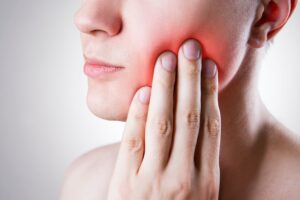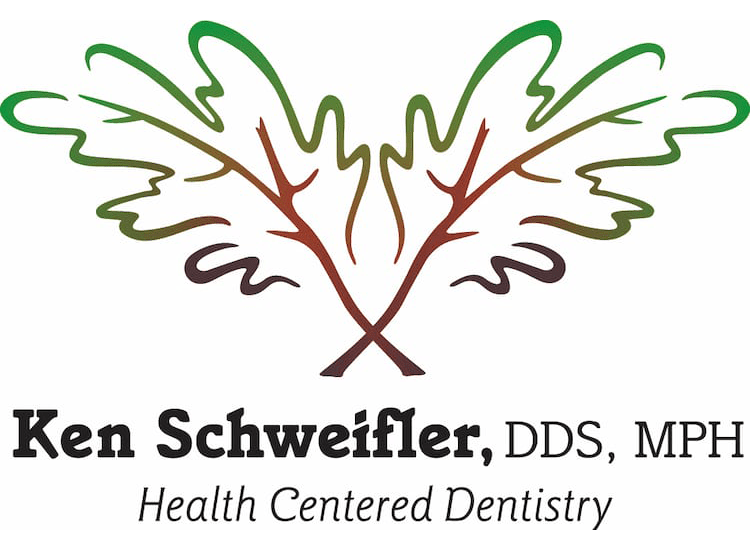Your dentist might recommend a tooth extraction, an oral surgery that removes one or more damaged teeth, in order to protect the rest of your smile. When you return home after this dental procedure, you will notice surgical sites that require some downtime to heal properly.
During the healing process, a blood clot will form atop the surgical site. You will need to make efforts not to disturb this clot or you could expose bones and nerves in a condition known as dry socket.
This painful scenario will require emergency dental treatment to fix. So you should prevent it from forming in the first place to save yourself the discomfort and stress. Read on to find three tips from your dentist that can help you avoid developing dry socket as you recover from a tooth extraction procedure.

Practice Careful Oral Hygiene
You will need to be careful around the surgical sites in your mouth after a tooth extraction. However, you must still complete oral hygiene in order to remove harmful plaque and bacterial build-up. Otherwise, you could face further dental problems like cavities. And bacteria could infect your healing surgical sites.
But you must brush and floss your teeth carefully or you could accidentally disturb a healing blood clot. Your dentist will provide you with aftercare instructions in order to properly care for your smile during your recovery. Adhere to these guidelines to keep your smile healthy without hurting your surgical sites and causing dry socket.
Avoid Oral Sucking Motions
A sucking motion with your mouth involves a combination of muscle movement and airflow. Both of these actions come with a risk of disturbing a blood clot over an extraction surgical site and causing dry socket. For this reason, your dentist will ask that you do not use a straw or similar item that involves sucking for at least one week.
Smoking uses similar movements, so you should also avoid this habit during your extraction recovery. To make it easier to abstain from this behavior, you may want to cut back on smoking prior to your dental procedure to prepare for the recovery.
Stick to Soft Foods While You Heal
When you return home after a tooth extraction and the anesthetics wear off, you may start to feel sore. It will feel more comfortable to chew soft-textured foods during the first 48 hours to avoid irritating your healing mouth. But you should also stick to soft foods in your diet during this time to prevent dry socket.
Hard, chewy, and sticky foods could easily hurt the blood clot over your surgical sites. Eat with caution during this time to avoid dry socket. Examples of safe food options include mashed potatoes, oatmeal, and yogurt.
Dry Socket FAQs
Can dry socket occur even if I follow post-op instructions?
Yes, dry socket can occur even when following all post-extraction instructions perfectly. While good aftercare significantly reduces the risk, factors like certain medications, smoking history, or your body’s natural healing response can still lead to dry socket development. Most cases occur in about 2-5% of extractions, even with proper care.
How should I clean my mouth if I suspect I have dry socket?
If you suspect dry socket, avoid rinsing aggressively or using a straw, as these can worsen the condition. Instead, rinse gently with warm salt water or a dentist-recommended antibacterial rinse to clean the area. Contact your dentist immediately for proper care and treatment.
When can I stop worrying about a dry socket?
You can stop worrying about dry socket once the initial healing phase is complete, typically 5 to 7 days after the extraction. By this time, the blood clot has usually stabilized, and the risk of it dislodging decreases significantly. Follow your dentist’s instructions to ensure smooth healing.
Can a dry socket be life-threatening?
A dry socket itself is not life-threatening, but if left untreated, it can lead to severe infections that might spread. Complications like a bone infection or abscess can pose serious health risks. Seeking prompt treatment from your dentist ensures proper healing and prevents further issues.
You can switch to more solid foods on the second or third day if you feel comfortable doing so. But revert back to soft foods if you feel pain at all. Contact your dentist if you notice oral pain that does not respond to pain management techniques because this could point to dry socket that requires prompt dental intervention.
